Utilising mobile technologies to enable independent travel for people living with sight loss
Do you use, or are interested in learning more about, smartphone apps?
Smartphone apps can open up new opportunities for blind and partially sighted people to aid with journey planning and navigation. They can also increase our autonomy whilst travelling. This guide provides a ‘snapshot’ of current wayfinding apps which can assist you to negotiate indoor and outdoor environments using your smartphone.
Please note, we all need to use our own orientation and mobility skills whilst using these apps and be realistic about what they can do. Whilst they enhance our skills, they do not replace them.
Contents
Summary tables for:
Specialist wayfinding apps – summary table
Mainstream wayfinding apps – summary table
Indoor orientation apps – summary table
Other apps of note – summary tables
Detailed information for:
Specialist wayfinding apps
Mainstream wayfinding apps
Indoor orientation apps
Other apps of note
Technology explained
An Open Sourced Standard
References
Current wayfinding apps – an overview
Specialist wayfinding apps – summary table
Mainstream wayfinding apps – summary table
| App name |
Tech |
Internet |
Venue sign up required |
Cost to download |
Main use |
| Google Maps |
GPS/Bluetooth |
Yes |
No |
No |
Outdoor |
| Apple Maps |
GPS/Bluetooth |
Yes |
No |
No |
Outdoor |
| Moovit |
GPS |
Yes |
Yes |
No |
Outdoor |
| Pointr |
Bluetooth |
Yes |
No |
No |
Indoor |
Indoor orientation apps – summary table
| App name |
Tech |
Internet |
Venue sign up required |
Cost to download |
| Briteyellow |
AR |
Yes |
Yes |
No |
| Evelity |
Bluetooth |
No |
Yes |
No |
| Seeing AI |
Lidar |
Yes |
– |
No |
Other apps of note – summary tables
| App name |
Tech |
Internet |
Venue sign up required |
Cost to download |
| Super Lidar |
Lidar |
No |
Yes |
No |
| Locatify |
GPS/Bluetooth |
No |
Yes |
No |
| App name |
|
| Soundscape |
This app was discontinued by Microsoft in early June. Microsoft Soundscape was a project that explored the use of audio-based technology to enable people to build a picture of their surroundings and give them confidence to get around. Soundscape provided information about the surroundings with synthesised binaural audio, creating the effect of 3D sound. It ran in the background in conjunction with navigation or other applications to provide people with additional context about the environment.
At the time of the release of this guide, there is an in-progress community project to bring Soundscape, now Openscape, back to blind and partially sighted people. |
Current wayfinding apps – in detail
Specialist wayfinding apps:
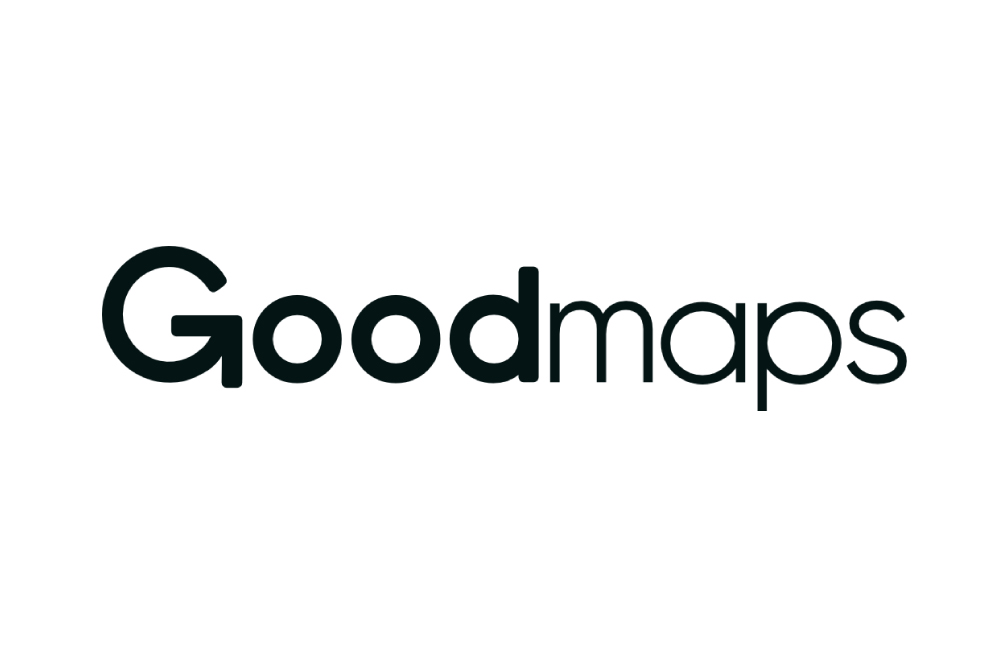
GoodMaps
GoodMaps Explore, now available in the UK and Ireland
Technology: LIDAR technology.
Requires internet: Yes
- GoodMaps LIDAR based indoor mapping and camera-based positioning technology is easily maintained with no hardware infrastructure to install. GoodMaps’ goal is to make buildings more accessible, safe, and inclusive across the globe.
- Developed specifically for people who are vision impaired.
- Focus especially on indoor navigation but also includes outdoor. Navigation with GoodMaps Explore.
Requires venue engagement: Yes, at cost.
Partners: Step-Hear, WayMaps, Be My Eyes, what3words, Humanware
Review: Henshaws GoodMaps Explore: Indoor navigation with a smartphone
Cost: App free to download on App Store and Google Play.
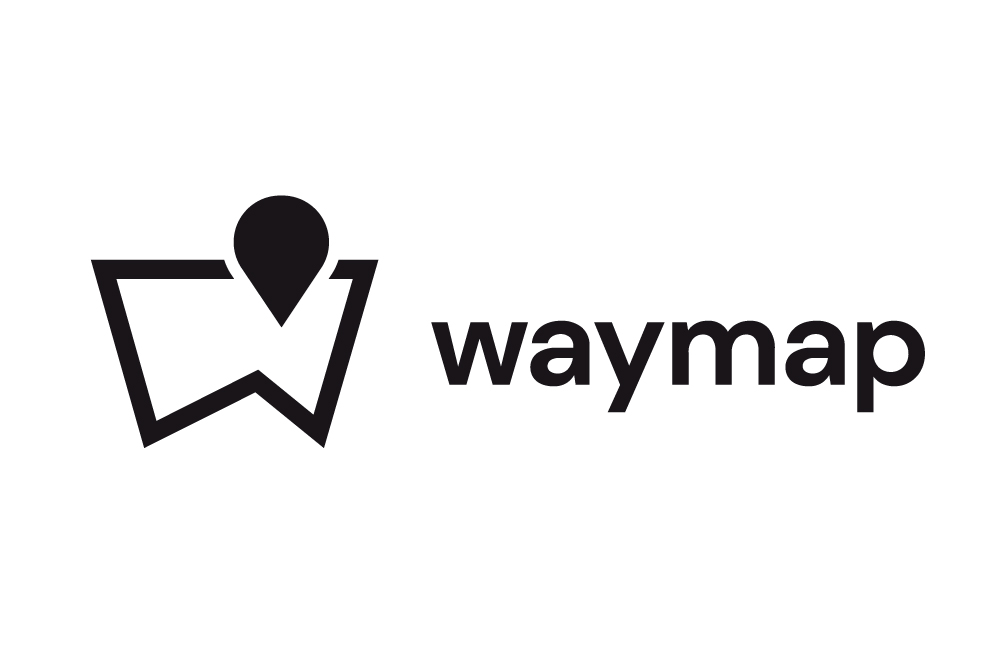
WayMap
waymapnav.com
Technology: Utilises Smartphone Geomagnetic and Accelerometer technology.
Requires internet: No
- Theoretically users could be enabled to have door to door, step by step, navigation instructions for support throughout the whole journey across buses, trains, tube, trams and on foot.
- Once the app (and maps for the venue and route to be navigated) has been downloaded, WayMap does not require any external signals. No GPS, no Bluetooth and no mobile signal are required.
- WayMap states it has created a breakthrough technology that locates people accurately indoors and outside without signal or beacons, using only a smartphone.
- The App uses the sensors already in a user’s phone that measure movement, direction and elevation to navigate via ‘dead-reckoning’.
- WayMap claims to work anywhere the maps have been produced.
- The app began with the intention of providing a personal navigation tool for users with vision impairment.
- In a similar way to designing the built environment to be accessible for people with disabilities has the potential to help everyone, WayMap accessible navigation app aims to offer more functionality for all.
- WayMap is designed for accessibility from the ground up.
- WayMap has designed safety into its service from the outset, specifically to enable users to continue to use primary safety aids without hindrance, be that service dog or cane.
Requires venue engagement: Yes, at cost.
Partners: Step-Hear, GoodMaps, Trialled by Avanti West Rail
Review: Waymap’s app helps the visually impaired navigate public transit
Cost: App free to download on App Store and Google Play.
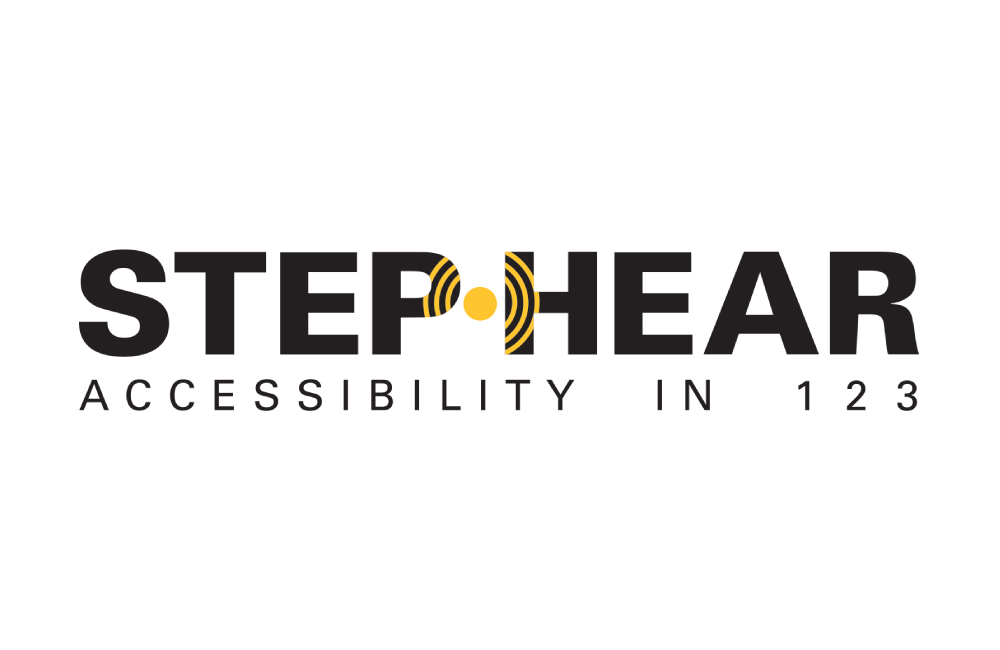
Step-Hear
step-hear.com
Technology: Bluetooth
Requires internet: No
- The Step-Hear app enables vision impaired/blind people to get an audio and vibration alert whenever passing by a Step-Hear device.
- On receiving the alert signal by Bluetooth, the user presses one of the buttons triggering an audio message giving location, service and navigation instructions.
- The Step-Hear (external hardware) guide provides users the way to the venue and ensures they are fully oriented upon arrival.
- Users in an urban environment can access real time information about transportation options, can (if hardware is in place) contact the driver of public transportation, etc.
Requires venue engagement: Yes, at cost.
Partners: GoodMaps, WayMap
Review: No reviews but further information can be found on their Facebook page.
Cost: App free to download on App Store and Google Play.
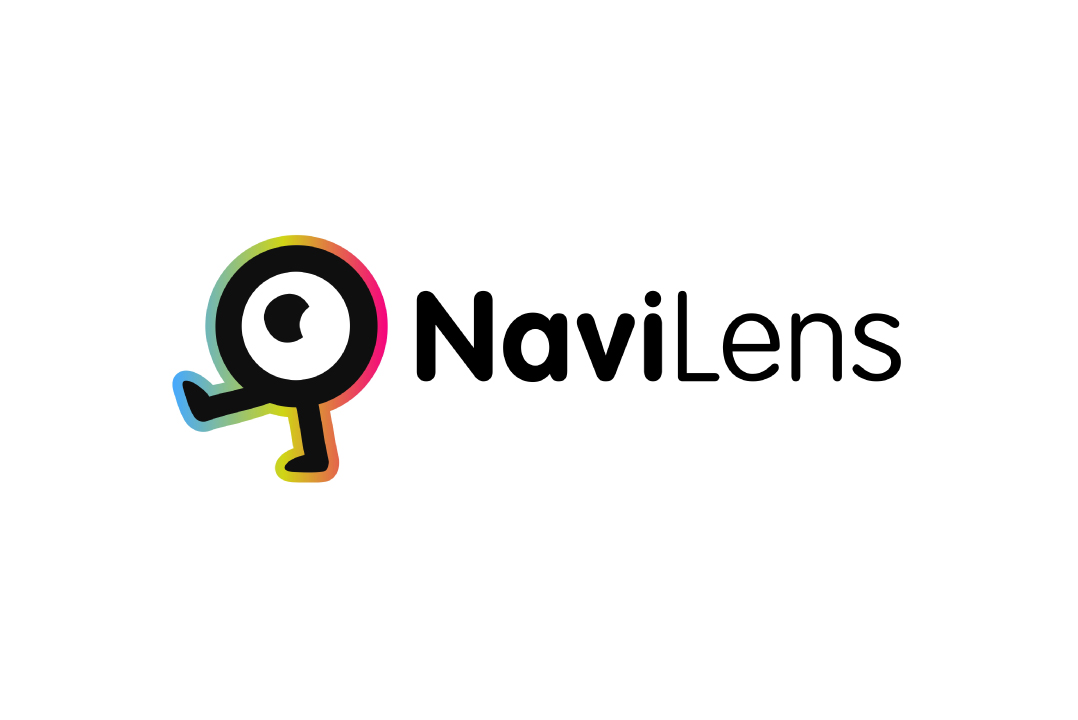
NaviLens
navilens.com
Technology: Augmented Reality Technology (based on proprietary computer vision technology).
Requires internet: No
- Vision impaired people can have difficulty using traditional signage, leading to potential reduction in autonomy, in less familiar environments.
- NaviLens uses codes similar to QR codes.
- Users scan the code with a mobile device camera to receive the necessary information, contextualised.
- The user does not need to know precisely where codes are placed to read them.
- The codes can be read 12 times further away than a QR code and at up to an angle of 160° from the code.
- No need for user to focus on code label.
Requires venue engagement: Yes, at cost.
Review: Marc Power, RNIB How NaviLens helps people with sight loss get the information they need
Cost: App free to download on App Store and Google Play.
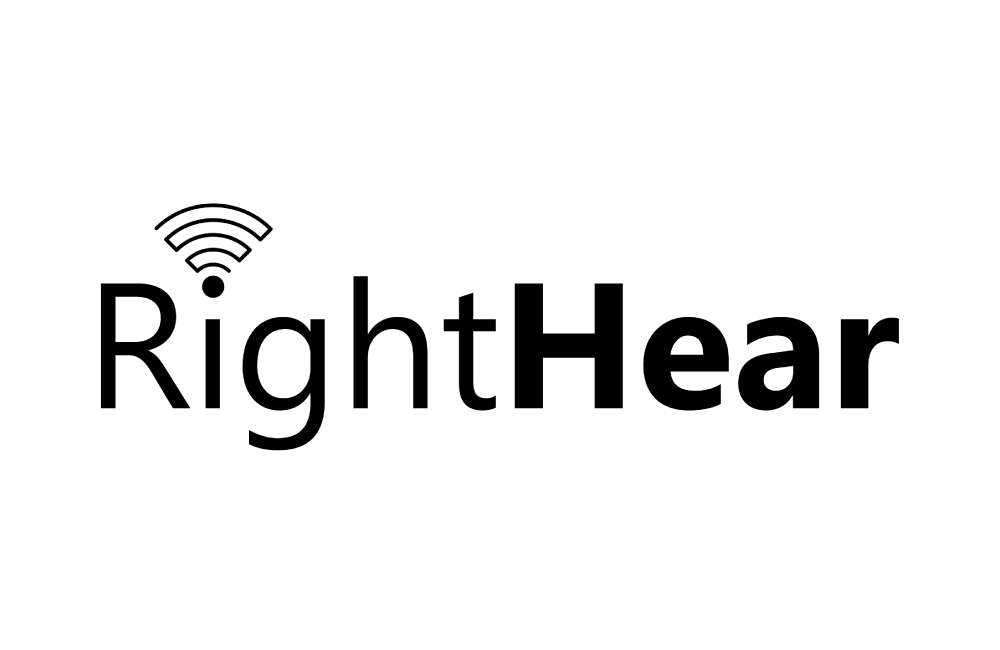
Right-Hear
right-hear.com
Technology: Bluetooth/beacons/wayfindr
Requires internet: No
- Right-Hear provides talking signage, so that users can interpret and understand surroundings in real time.
- The environment comes to life through audio descriptions delivered directly to a smartphone or tablet.
- Helping people explore, navigate, and experience the world safely and independently.
- Right-Hear’s solution works both indoors and outdoors.
- Could help expand market share and customer reach alongside Corporate Social Responsibility, assisting compliance with Accessibility, Inclusion guidelines and policies.
- Improve brand image and promotional opportunities.
Requires venue engagement: Yes, at cost.
Partners: Costa, McDonalds, Pizza Hut, Microsoft (none in the UK)
Review: None in the UK.
Cost: App free to download on App Store and Google Play.
Audio Spot
No UK online presence currently reported.
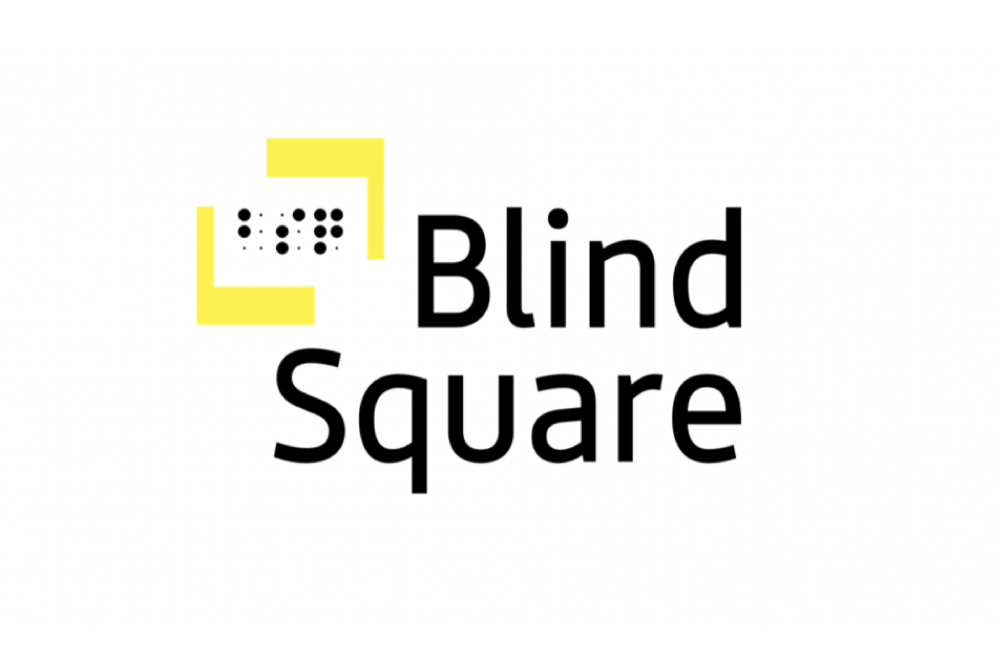
BlindSquare
blindsquare.com
Technology: GPS
Requires internet: Yes
- BlindSquare is the world’s most widely used accessible GPS-App developed for the blind, deafblind and partially sighted.
- Paired with third-party navigation apps, BlindSquare’s self-voicing App delivers detailed points of interest and intersections for safe, reliable travel both outside and inside.
- Algorithms determine what information is most useful, such as popular cafes, post offices, libraries etc.
- Navigate by shaking device to hear current address and details about the nearest intersection and venues. BlindSquare will track destination and periodically announce the distance and direction headed.
- The user can mark a position to help find way back later.
- BlindSquare uses ‘Acapela’ voices in many different languages to announce information about the environment even when the device is tucked away, for a hands-free experience.
Requires venue engagement: No.
Partners: After determining the user’s location, BlindSquare gathers information about the users’ surroundings on Foursquare and OpenStreetMap.
Review: Intech media app review – BlindSquare
Cost: £39.99. Download on App Store (iOS) only.
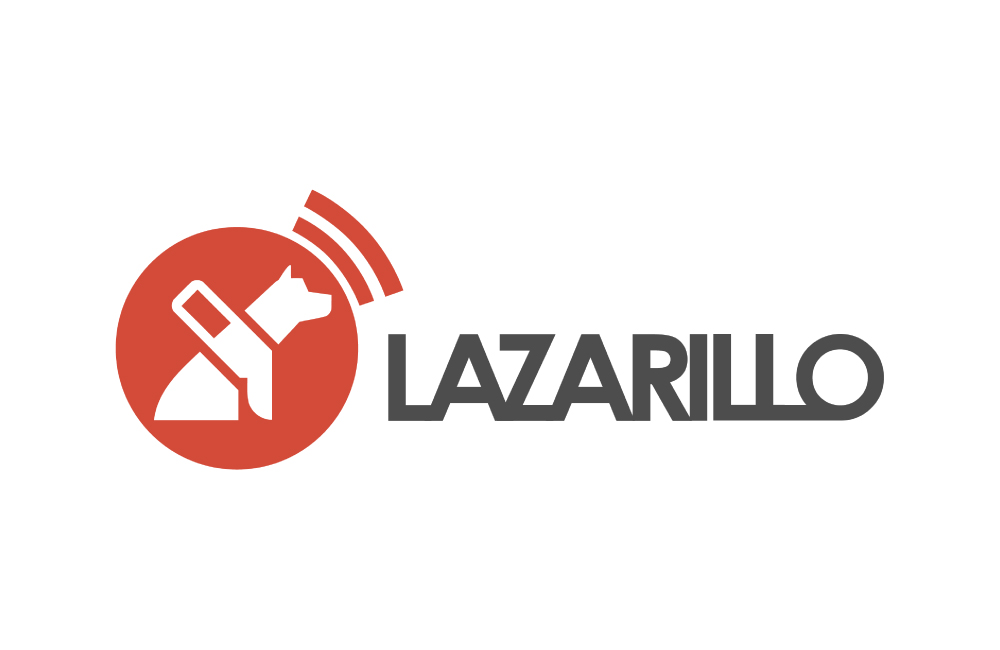
Lazarillo
lazarillo.app
Technology: GPS/Bluetooth Beacons.
Requires internet: Yes
- Described as the world’s first all in one inclusive wayfinding solution, improving access for individuals with, turn by turn guidance in the app.
- Lazarillo enables people with disabilities to explore environments safely and efficiently with audible messages about surroundings.
- As the user walks, the app will announce places of interest, from streets and intersections to restaurants, shops, and transit areas.
- The user can browse through nearby locations by category or search for a specific location and receive turn by turn guidance to a destination.
- The user can save favourite locations to access them later.
- The app enables the user to build a navigation assistant for the user’s’ needs.
- The user can select a custom voice engine, customise layout of the exploration screen, and set language of choice to get audible guidance.
- The user can also customise how measurements are announced, choosing between feet, meters and steps.
- The app offers indoor wayfinding at locations that have been equipped with Bluetooth beacons.
- The user can check whether a location offers indoor wayfinding by viewing individual ‘profile’ in the app.
Requires venue engagement: Yes, at cost.
Review: Google Play, Lazarillo GPS for blind
Cost: App free to download on App Store and Google Play.
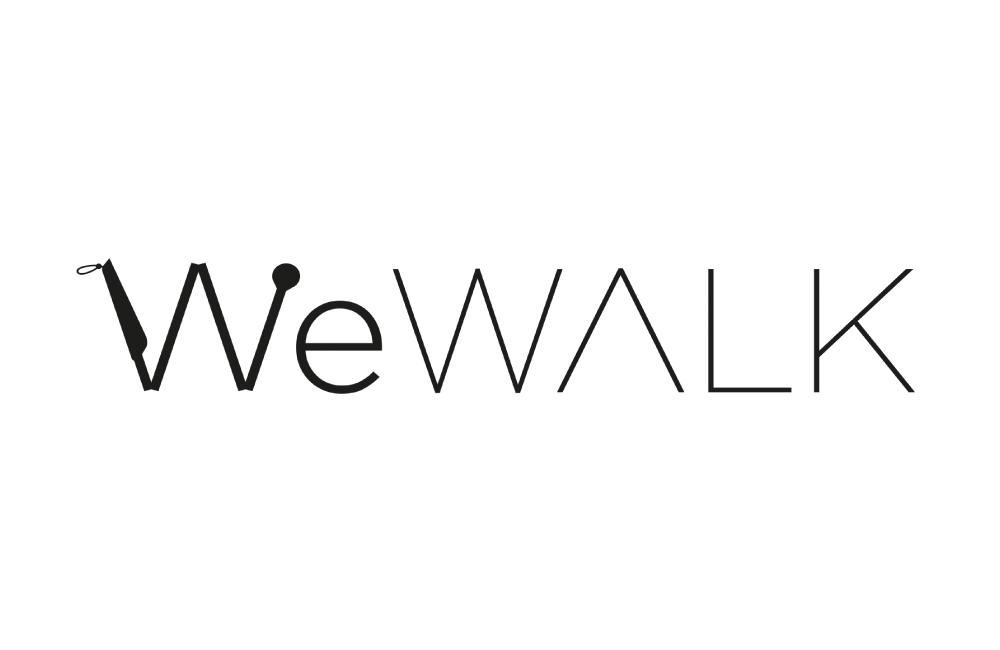
WeWALK
wewalk.io
Technology: GPS.
Requires internet: Yes
- Primarily designed to work with the WeWALK Cane.
- WeWALK’s aim is to help the entire vision impaired community to experience better mobility, so users don’t need a WeWALK smart cane to access the advanced navigation and exploration features of the app.
- WeWALK detects above-ground obstacles with ultrasound.
- Navigation features have been built from ground up for an accessible experience, using ‘clock turns’ destination tracking and low vision mapping to assist a vision impaired user.
- Automatic voice feedback, when passing new places.
- Requires venue engagement: No
- Partners: Microsoft, Imperial College London, Light House, GDBA, RNIB, WeWALK
- Review: Open Sight WeWALK app review
- Cost: App free to download on App Store and Google Play.
Mainstream wayfinding apps

Google Maps
Google Maps
Technology: GPS, Bluetooth, crowd-sourced WIFI hotspots and phone towers to determine a user’s location.
Requires internet: Yes
- This is one of the most popular GPS navigation apps.
- Google Maps enables users to have access to all the real-time traffic information which is ideal when choosing the right means of public transportation!
- The app recently provided a new feature called “Accessible Places” that enables users more detail of their environment, such as information on seating plans of a restaurant, the exact location of a building entrance etc.
- Google Maps can be downloaded for offline use.
Requires venue engagement: No
Review: Perkins School for the Blind article, Google Maps offers voice guidance for visually impaired users
Cost: App free to download on App Store and Google Play.
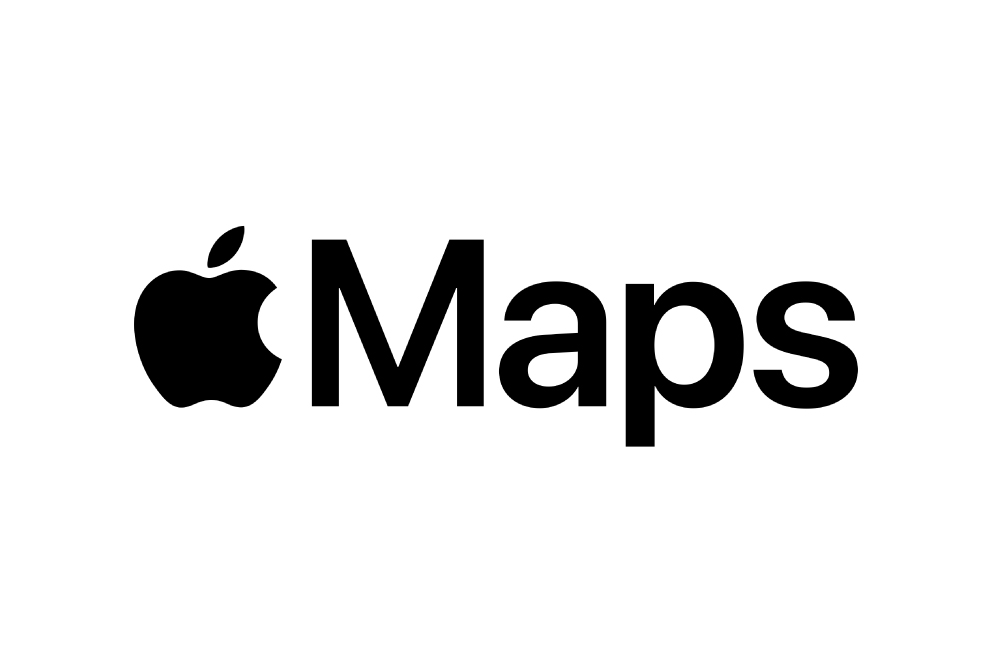
Apple Maps
Apple Maps
Technology: GPS, Bluetooth, crowd-sourced WIFI hotspots and phone towers to determine a user’s location.
Requires internet: Yes
- Apple Maps has all the usual built-in immersive features familiar to Apple users across their platforms.
- In pre-mapped areas such as UK airports, Apple Maps can and does display an indoor map of the building.
Requires venue engagement: No
Review: Apple previews innovative accessibility features combining the power of hardware, software, and machine learning
Cost: App free to download on App Store (officially iOS only).
Google vs Apple comparison review: ecoATM blog post, Apple Maps vs. Google Maps
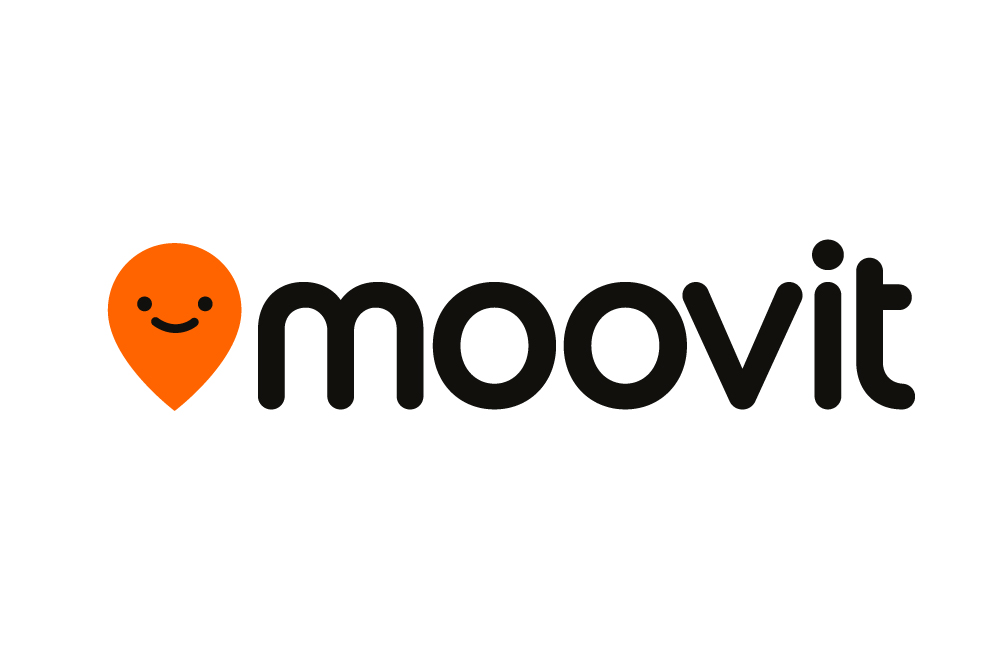
Moovit
Moovit.com accessibility
Technology: GPS and Crowd Sourced Data.
Requires internet: Yes
- Moovit, has begun a partnership with WeWalk enabling blind and partially sighted users to navigate public transportation independently.
- Moovit has optimised every screen across the app for VoiceOver and TalkBack technologies on iOS and Android devices.
- With this enhanced accessibility integration, users use gestures to navigate through screen elements.
- Once the focus is on an element, including buttons and labels, the VoiceOver/TalkBack features can read aloud the text that appears on it.
- With the “Live Directions” feature, the user gets step-by-step GPS-style guidance for their journey and can receive alerts when the bus is arriving or “Get Off Alerts” to get ready before they’ve reached their destination stop.
Further information: Moovit and WeWALK join forces to enhance the mobility of visually impaired people
Requires venue engagement: Yes, at cost.
Partners: Microsoft, Uber, and Cubic, WeWALK
Review: My London news article: Blind woman shows how she gets bus using clever app which isn’t Google Maps or Citymapper
Cost: App free to download on App Store and Google Play.
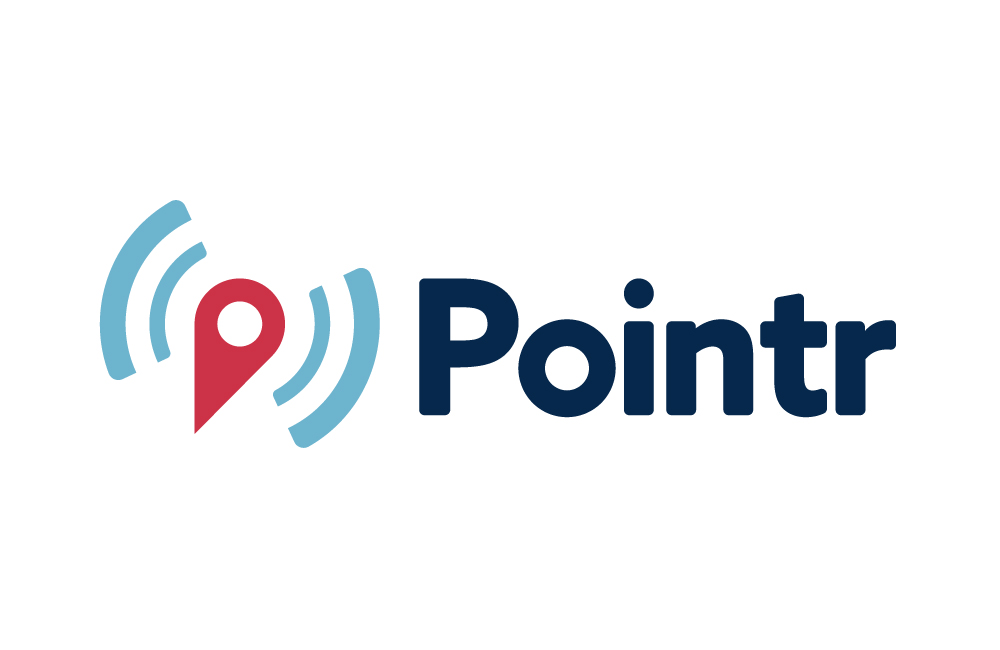
Pointr
Pointr.tech
Technology: Bluetooth Beacons.
Requires internet: No (for optimum function Yes).
- Pointr is a start-up company based in London specialised in indoor positioning and navigation utilising iBeacons, which are Bluetooth Low Energy (BLE)
- Pointr created a GPS-like experience with true position and turn-by-turn navigation that is supported by most modern smartphones operating on both Android and iOS
- Many of the features are available without an internet connection, however for intelligent offers and live analytics then an internet connection is required.
- The technology is commonly used in permanent installations where the SDK is offered with a license fee model, however some installations have been temporary and hence one-off payments have been used.
Requires venue engagement: Yes, at cost.
Partners: Pointr partners
Review: Pointr latest news
Indoor orientation apps
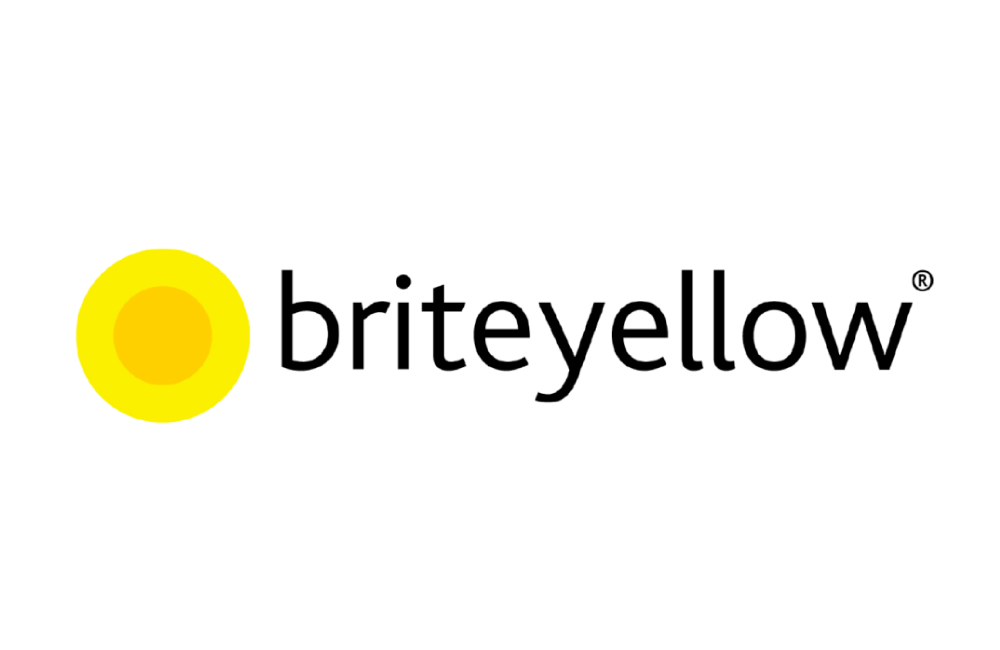
Briteyellow/BriteWay XR
briteyellow.com
Technology: Augmented Reality (AR) indoor navigation.
Requires internet: Yes
- Briteyellow’s augmented reality indoor wayfinding app (BriteWay XR) includes visual, haptic and voice navigation to guide people through places.
- With precision of less than one metre it enables optimised assistance through routes.
- Visual positioning algorithm allows accurate indoor positioning without the use of GPS.
- Different users have different mobility requirements.
- Provides timely and relevant notifications for increased engagement.
Requires venue engagement: Yes, at cost.
Partners: Innovate UK, Eagle Labs, Transport for Wales, Catapult, MK:5G, Virgin Media/O2, WM:5G
Review: Travel Case Studies Govia Thameslink Railway, Transport for West Midlands and West Midlands Trains, Transport for Wales Lab
Cost: App free to Download on App Store and Google Play.
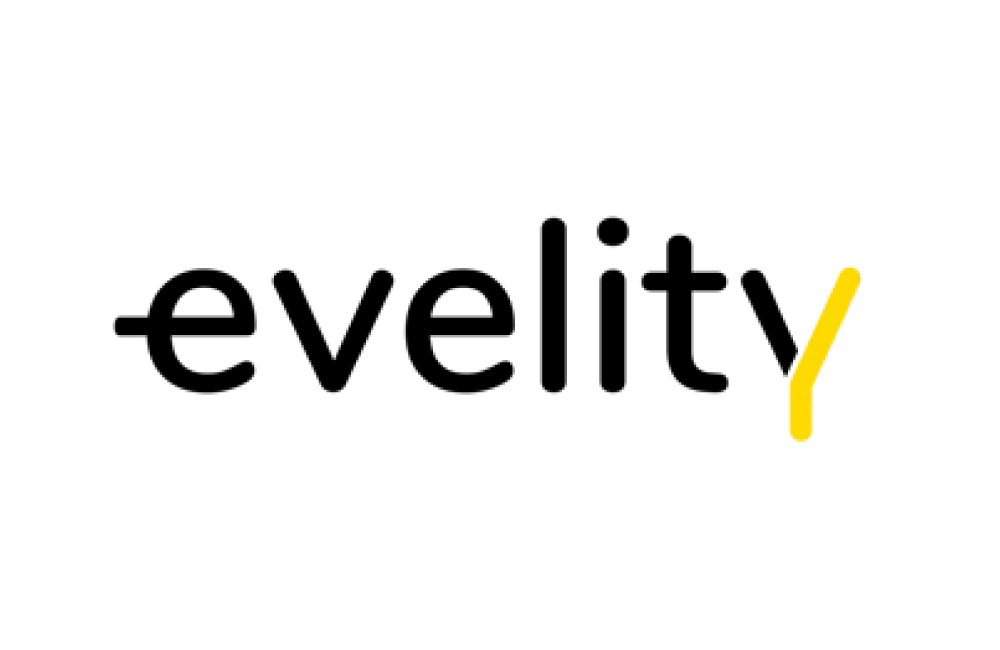
Evelity
evelity.com
Technology: Bluetooth Beacons
Requires internet: No
- Developed by Okeenea Digital, this app is the first indoor wayfinding solution for people with a vision impairment to navigate in complex venues such as museums or universities.
- Evelity works like GPS.
- Audio guidance (VoiceOver and Talkback compatible).
- The app guides people with disabilities in complex everyday places, using a step-by-step guidance inside and around venues.
- Discover the places where Evelity works, in the app.
- Not widely available in the UK at time of writing. Mostly utilised in the USA and France at present.
Requires venue engagement: Yes, at cost.
Review: currently being tested at the Jay Street-MetroTech subway station in New York City! Other places in France have been equipped with this app to guide blind and visually impaired people: the metro network of Marseilles, the LUMA Foundation and a medical university in Lyon.
Cost: App free to download on App Store and Google Play.
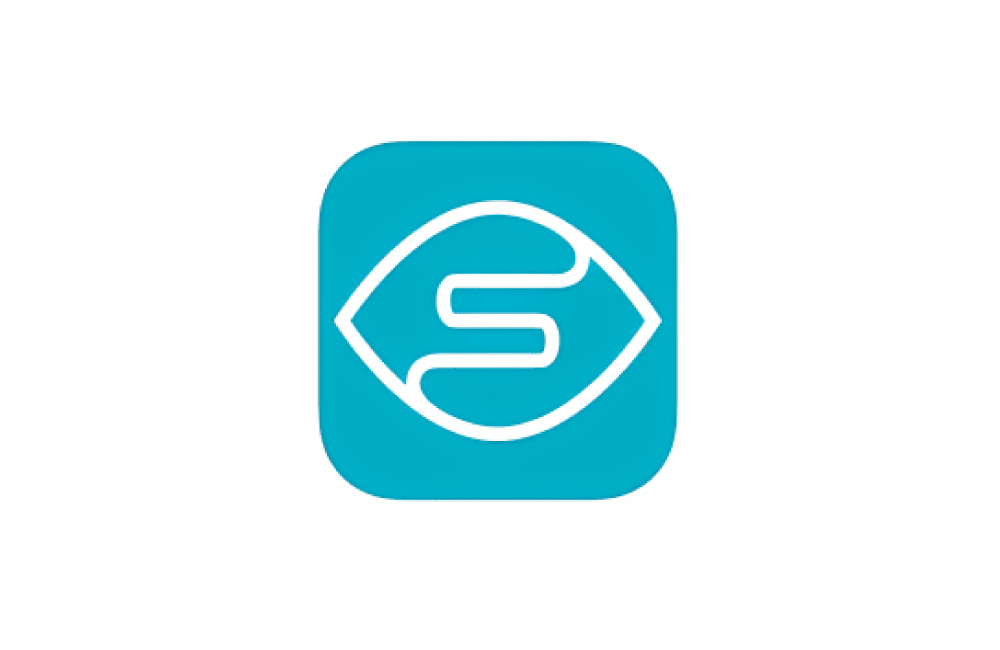
Seeing AI
Seeing AI World Channel YouTube video
Technology: Has a new orientation feature know as World Channel – LIDAR.
Requires internet: Yes
- User would need an Apple device that supports LIDAR.
- User would benefit from using headphones that support head-tracking, app can be used without.
Cost: App free to download on App Store (iOS only).
Other apps of note
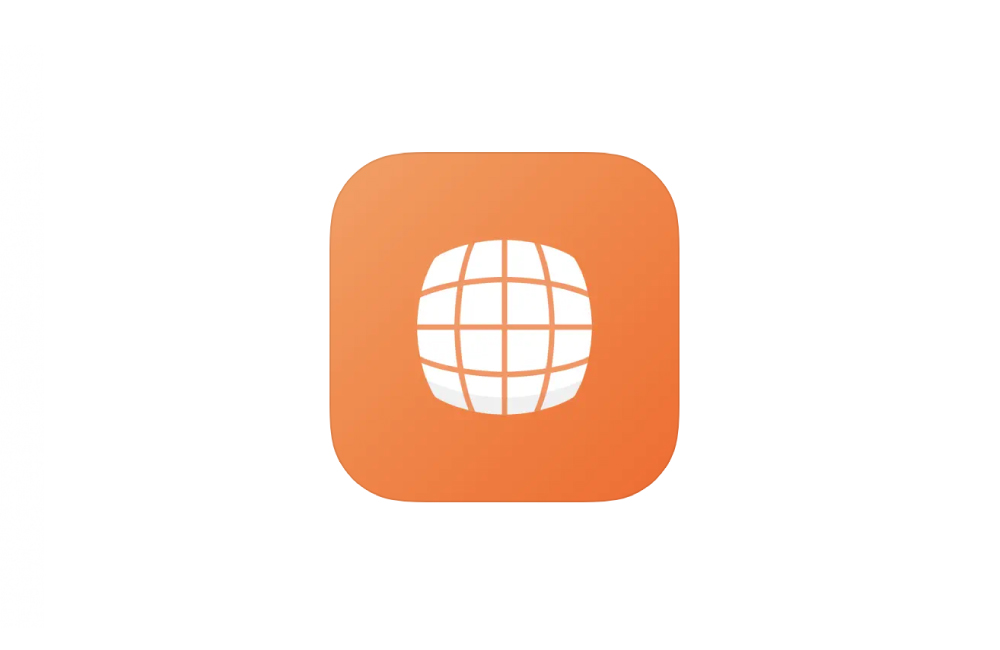
Super Lidar
Supersense product page Super Lidar
Technology: LIDAR Technology.
Requires internet: No
- Super Lidar: app uses LIDAR sensor to benefit the blind and low vision community.
- Super Lidar uses LIDAR technology to analyse distance and detect obstacles that might pose a danger to blind and low vision users.
- The user opens the app, scans the environment: It tells the user what’s around and how far with sound, speech, and haptic feedback.
- Super Lidar’s two auditory feedback mechanisms are dedicated to two different options.
- Sound feedback tells the user about the environment:
- High pitch sound indicates an open space with no obstacles
- The lower the pitch gets, the more crowded the surroundings.
- Speech feedback tells the user about people.
- The range of the LIDAR scanner is quite wide and can detect obstacles above the user’s head and at cane or dog’s level.
- Haptic feedback, warns the user about the objects at approximately four feet (around 1.2 m) distance, where it vibrates.
- It is designed not to augment reality but more the user’s sensory skills.
- Super Lidar is currently in prototype.
Requires venue engagement: Yes, at cost.
Review: Henshaws Super Lidar: An app for exploring your environment
Cost: App free to download on App Store.
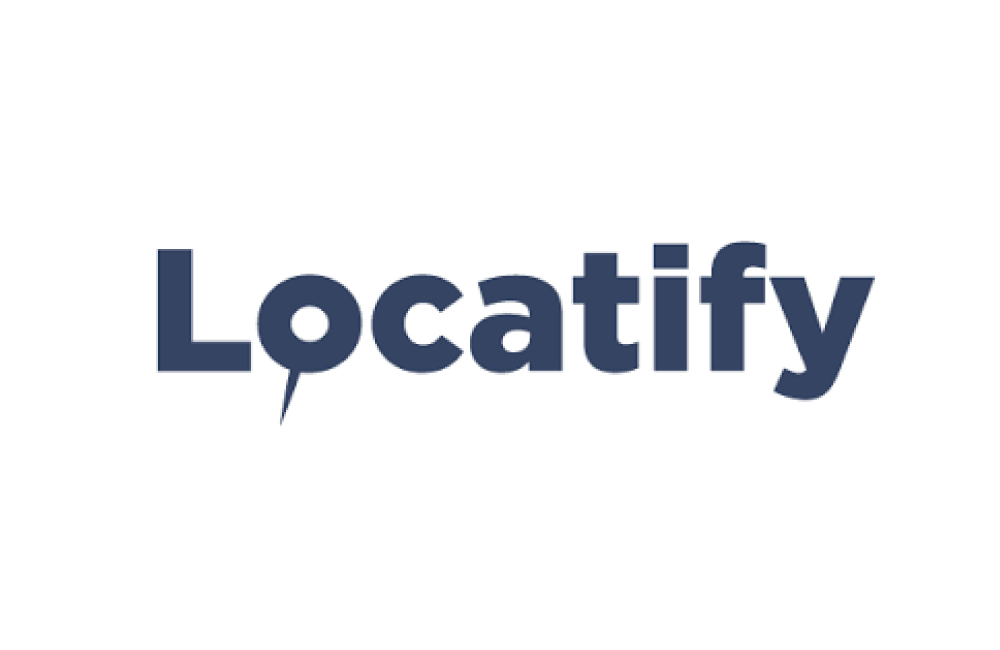
Locatify
Locatify RTLS indoor positioning
Technology: GPS/Bluetooth Beacons/UWB.
Requires internet: No
- Positioning uses Bluetooth or Ultra-wideband infrastructure to track a person for enabling indoor experiences.
- BLE Beacons are placed throughout a venue that connects with a user’s mobile device to understand their location.
- Ultra-Wide Band Technology (UWB) is similar but requires a tracking tag to determine the precise location.
Requires venue engagement: Yes, at cost.
Review: Not a general mobility app, more location specific orientation tool with some gamification aspects.
Cost: App free to download on App Store and Google Play.
Technology explained
LIDAR technology
- LIDAR has been around since the 1960s.
- Historically LIDAR was an expensive technology that was in the service of the military and space missions. It was also a bulky one.
- LIDAR means Light Detection and Ranging. It is a type of scanner or radar that scans the environment, predicts depth, and creates a 3D map of the surroundings by sending laser beams and measuring the duration in which they return to the source. This happens very quickly, in nanoseconds for very quick and accurate results.
- LIDAR is the main technology deployed for self-driving cars. This technology helps the car’s brain detect if there’s anything in its way, like a human being crossing the street.
- LIDAR has made its way to the everyday consumer products, starting with the iPad Pro and iPhone 12 Pro and Pro Max.
- Its deployment continues to grow.
Geomagnetic sensor/technology
- Geomagnetic sensors are sensors that detect the magnetic field of the Earth.
- They are commonly referred to as electronic compasses.
- Geomagnetic sensors can determine direction by detecting the geomagnetic field.
Accelerometer technology
- An accelerometer is a basic technology that converts mechanical motion into an electrical signal.
- It is an electromechanical device that measures acceleration force, whether caused by gravity or motion.
Dead-reckoning
- The process of calculating one’s position, especially used at sea, by estimating direction and distance travelled rather than by using landmarks or astronomical.
Augmented reality technology
(based on proprietary computer vision technology)
- Augmented reality (AR) is the integration of digital information with the user’s environment in real time.
- Unlike virtual reality (VR), which creates a totally artificial environment, AR users experience a real-world environment with generated perceptual information overlaid on top of it.
- Augmented reality is used to either visually change natural environments in some way or to provide additional information to users.
- The primary benefit of AR is that it manages to blend digital and three-dimensional (3D) components with an individual’s perception of the real world.
- AR delivers visual elements, sound and other sensory information to the user through a device like a smartphone or glasses.
- This information is overlaid onto the device to create an interwoven experience where digital information alters the user’s perception of the real world. The overlaid information can be added to an environment or mask part of the natural environment.
- Boeing Computer Services Research employee Thomas Caudell coined the term augmented reality in 1990 to describe how the head-mounted displays that electricians use when assembling complicated wiring harnesses worked.
What is BLE (Bluetooth Low Energy)
- Bluetooth Low Energy is a power-conserving variant of Bluetooth personal area network (PAN) technology.
- It was designed for use by internet-connected machines and appliances. Also marketed as Bluetooth Smart, Bluetooth LE was introduced in the Bluetooth 4.0 specification as an alternative to Bluetooth Classic.
Ultra-Wide Band (UWB)
- UWB is a radio technology that can use a very low energy level for short-range, high-bandwidth communications over a large portion of the radio spectrum.
- UWB has traditional applications in non-cooperative radar imaging.
- Most recent applications target sensor data collection, precise locating and tracking.
- WB support started to appear in high-end smartphones 2019.
GPS technology
GPS is a Global Positioning System, a navigation system that uses satellites, a receiver, and algorithms to synchronise location, velocity, and time data.
- The satellite system used consists of:
- A constellation of 24 satellites in six, Earth-centred orbital planes.
- Each plane has four satellites.
- Only three satellites are actually needed to produce an exact location on the Earth’s surface, but the fourth satellite is in place to make sure that the information that is being produced from the other three satellites is correct.
- The fourth satellite moves us into the third dimension and allows us to calculate the altitude of a device.
- The three segments that make up the GPS network:
- Satellites: that orbit Earth, transmitting signals to users about geographical positioning and the time of day.
- Ground control: which is made up of Earth-based monitoring stations, master control stations, and ground antennas. There are monitoring stations all over the world on every continent.
- User equipment: GPS receivers like smartphones and other items that include navigation software. GPS enabled devices can be thought of as an antenna that receives a signal that is emitted from the GPS satellite network and a computer chip that allows the device to process the GPS signal in order to calculate a location.
Does GPS work without data?
- GPS can be used without having any connection to the internet?
- Without an internet connection, a user would not be able to access live updates.
- This is because without a data connection devices will be unable to stream the map onto them.
- In order to know information like live traffic updates and road blockages, access to a data connection is needed.
- When connected to the internet, a Smartphone will use a feature that is called Assisted GPS, which uses the location of nearby cell phone towers and other WIFI networks to determine an exact location.
- A GPS service will not technically work without the internet, but the GPS radio can still be detected via satellites for those occasions where it is not possible to access a data connection.
- It will take much longer for a phone to figure out where a user is this way, and the accuracy can depend on the terrain and the location.
- The GPS feature will still work, but perhaps will not always be as accurate as liked.
An Open-Sourced Standard
Towards equity of opportunity
Why an Open Standard?
Wayfindr open standard
- When individuals and organisations get behind a purposeful vision, solutions to what previously seemed like big challenges become attainable.
- The aim is that this Open Standard will help lower the barrier for built-environment owners and digital navigation services to make their environments, products and services inclusive from the outset as technology continues to weave into our cities.
- Once the Open Standard is adopted across the built-environment and digital navigation services alike, vision impaired people will benefit from a consistent, reliable and seamless navigation experience.
- Emerging indoor navigation technologies such as Bluetooth Low Energy (BLE) Beacons and 5G hold the key to opening up the world for vision impaired people.
- However, in order to achieve the greatest impact globally, there is a pressing need to develop a consistent standard to be implemented across wayfinding systems.
- This will truly open up a world where vision impaired people are no longer held back by their sight loss, removing barriers to employment, to seeing friends and family and engaging in their community.
- The Wayfindr Open Standard aims to do just that.
- As the Open Standard develops it will give venue owners and digital navigation services the tools to implement high quality, consistent, audio wayfinding solutions.
- It includes an open-source demo app that enables people who download it to use BLE beacons to understand and implement the Open Standard with real users, in real contexts, in real time.
- Wayfindr’s Open Standard has now been approved by the International Telecommunications Union as ITU-T F.921.
Review: How the Wayfindr Open Standard uses new tech to help the visually impaired?
References
Foursquare
- Foursquare is a social networking service available for common smartphones, including the iPhone, BlackBerry and Android-powered phones.
- To use Foursquare on these devices, download the free app.
Foursquare.com
OpenStreetMap
- OpenStreetMap is a free, editable map of the whole world that is being built by volunteers largely from scratch and released with an open-content license.
- The OpenStreetMap License allows free (or almost free) access to map images and all underlying map data.
Openstreetmap.org
Avanti West Coast
Accessibility Hub
Avanti West Coast accessibility hub
End.
















